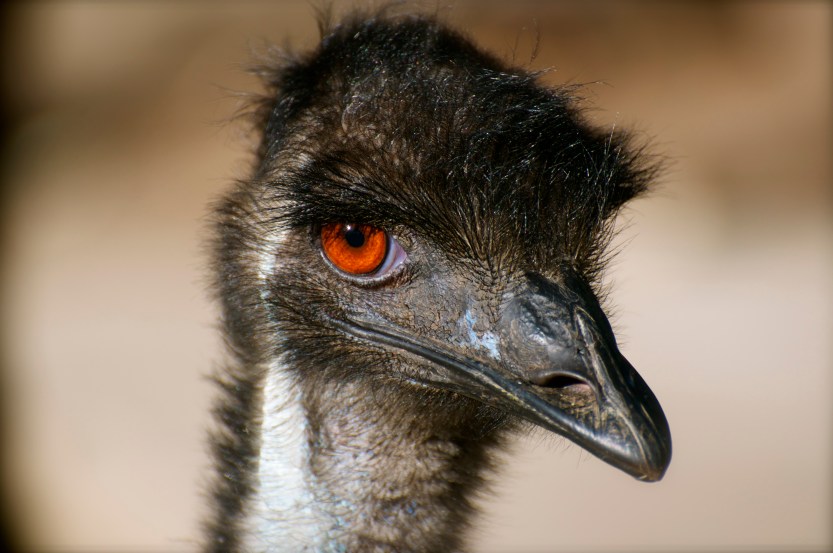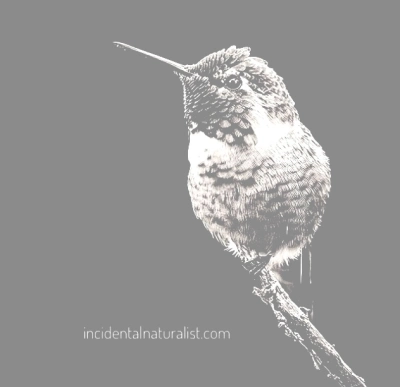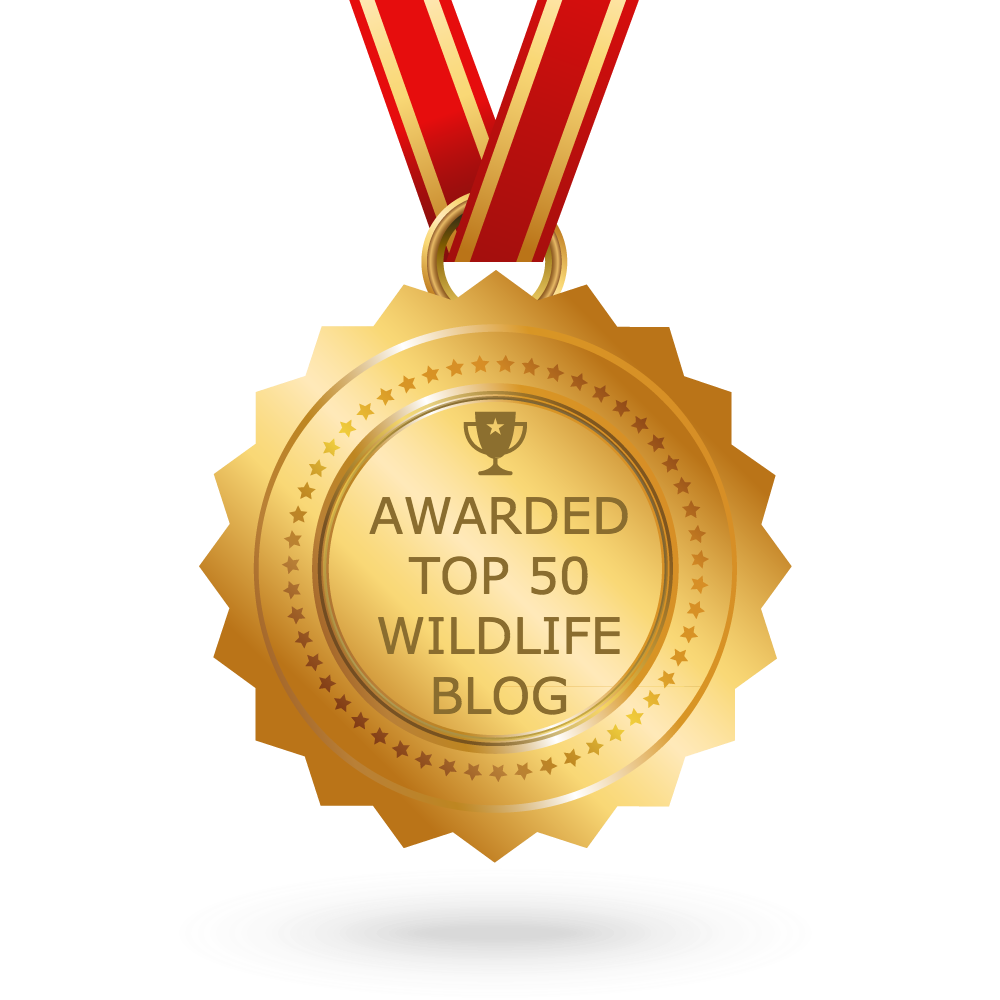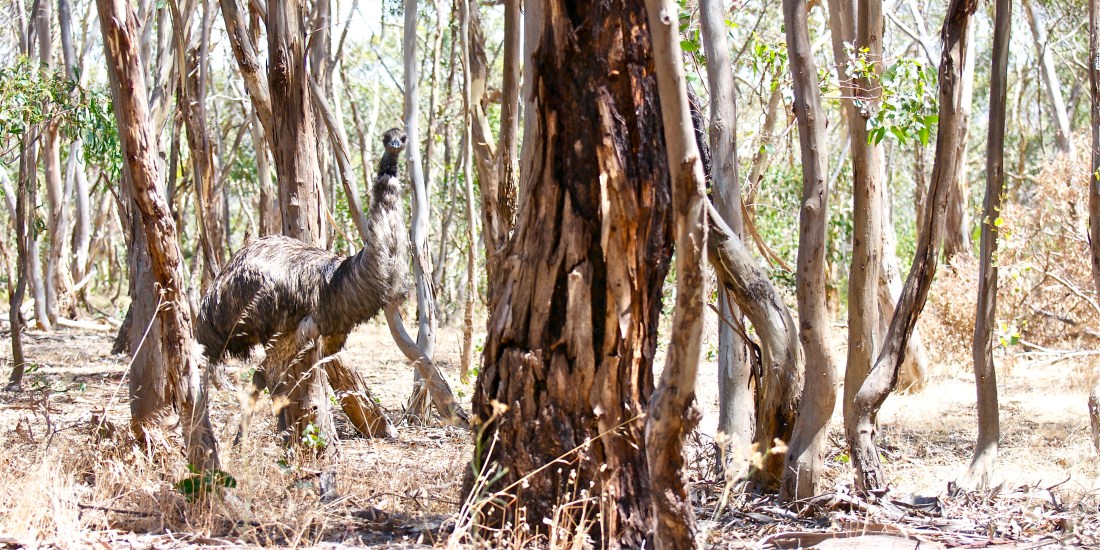Australia – The only country in the world that routinely eats its own Coat of Arms. Many Aussies will tell you this jokingly and with pride, but there is a school of thought that 21 countries share this dubious honour.
Sitting proudly alongside the iconic animal of Australia, the Red kangaroo, on that Coat of Arms is the emu.
The emu is a large flightless bird; in the avian world it is second only in height to Africa’s ostrich. Standing at up to 1.9 m (6.2 ft.) in height and weighing in on average at a mighty 40 Kg (88 lb.), it is the second heaviest bird in Australia, after the Southern cassowary. You might think that this large bird of open plains and woodland would be the easiest of Australia’s wildlife to see but that didn’t prove to be the case.
The emu lives in every state of mainland Australia. A sub-species became extinct on the island state of Tasmania in 1850. The bird thrives in most rural areas, where the human population is low. I had visited a number of areas where emu are present but after around 18 months of living in Australia, I still had not seen the bird.
As is often the case, my first emu was an incidental sighting, and at surprisingly close range. We took a flight from Sydney to Adelaide, and drove to the Barossa Valley for a long weekend, summer break. The countryside around the Barossa is beautiful; bush land, lush green farms and vineyards, producing some of the world’s greatest wines and finest food products.
After a morning spent exploring farmers markets and driving through vineyards, we stopped in a National Park to enjoy a picnic. We found some shade, spread out the food and I cut open an avocado for the little one, when striding confidently from the bush, towards us was a prodigious emu.

I grabbed my camera and took some shots. At first I thought he either wanted his picture taken, beautiful as he was, or he was planning on carrying the baby away. But he only had eyes for one thing – the fat, shiny avocado seed. He stretched out his long next, keeping a close eye on us through his long lashes; one stab from the chisel beak and the seed was broken in half and in two pecks it was gone. No need to waste time chewing or breaking it in to smaller pieces.

The photograph of the eggs and nest, shown below, was taken on farmland on Kangaroo Island, South Australia. The nest contained five, large dark greenish coloured eggs, around 13 cm (5 inches) in length, although the emu have been known to lay up to 15 eggs in a clutch. The surface of the egg shell was matte and granulated like basalt rock. Records show that the egg shells are around 1 mm (0.04 inches) thick and the egg weighs up to 900 grams (2 lb.), which is equivalent to a dozen chicken eggs.

Aboriginal legend tells us that the life bringing sun was formed when an emu egg was hurled into the sky with such force that when it struck the cloud man’s wood pile, it burst in to flames, throwing light and warmth down to the land below.
The emu was an important bird for the indigenous Australians and was hunted for food. If a bird was caught, they showed it great respect by using every part of it. Nothing is wasted:
- The meat was eaten
- The feathers were used for garments
- Oils and fats were used for health and ceremonial purposes
- Tool such as knives were fashioned from bones
- Tendons were used to make string
- The eggs were collected for food
The European settlers also hunted the emu for meat and for the emu oil, used in skin care and to keep the settlers lamps burning. Hunting was also carried out to protect farm land and water sources as the Europeans built communities.
Despite the long tradition of being hunted by indigenous peoples and settlers, the emu continues to thrive, with numbers now exceeding the population count when the first European settlers arrived. Emu are now farmed extensively across Australia and North America for their meat, eggs and oil.
The soft, light brown feathers that cover the emu’s body appear to be something between feather and hair. The design protects the skin from the heat of the brutal Australian sun whist trapping enough warmth to protect against the cold desert nights and southern winters, when temperatures drop to freezing point.

In common with other birds that have adapted to prioritise ground speed over air speed, emu’s feet have lost the ‘thumb’ on the back of the foot, making them better suited to running. This evolutionary design of can be seen in the emu’s Australian cousins, the cassowary and the foot has evolved even further in the ostrich, which has only 2 toes.

Eventually the emu became bored with the attention of my camera lens, especially as there appeared to be no more avocado to reward him for his modeling. I figured that the few hard stamps on the ground with those mighty feet was a warning that I should heed, so I left him to get on with doing whatever emus do on a hot afternoon in South Australia.

If you enjoyed this post, please follow Incidental Naturalist.
Comments and shares are welcomed.
Categories: Australia






🙂
LikeLiked by 1 person
Very cool! Isnt it always the case. when you go looking for something, you never see it. Then when you least expect it. Good job being prepared!
LikeLiked by 3 people
Great post. You’re so lucky to see them.
I tried in New South Wales, but I haven’t find them… 😦
LikeLiked by 2 people
I also did not manage to see them, truly wild in NSW.
LikeLiked by 1 person
Really great photos and love all the info about the emu and especially the aboringinal story.
LikeLiked by 2 people
Thanks for the great feedback and for taking the time to read the post.
LikeLike
Fantastic emu info, David. Your photos are wonderful, and I really enjoyed the story about the avocado pit. Made me laugh. 😀
LikeLiked by 2 people
Beautiful images, David! These pics bring back many memories for me. I had a great many close encounters with emus when living in the outback.When I was a child I lived on a property that had a pet emu called Goofy who would frequently chase after me, expecting food. He didn’t want to hurt me but I was a little intimidated by him. I also had an emu chick hatch out on my kitchen table once. As an adult, I arrived home once to find an emu leg hanging from a curtain rod over my kitchen sink. That was the dinner I had to cook that evening, courtesy of my teasing partner at the time! Wonderful post, David! 🙂
LikeLiked by 2 people
Thanks for the great feedback, Jane. It is pretty daunting to publish a post about someone else’s iconic wildlife, so it means a lot to get ‘approval’ from a local! 🙂 Love the idea of an emu chick hatching on your table and would be fascinated to know what you did with that emu leg, other than bop your partner around the head with it! 🙂
LikeLiked by 1 person
I can report that the meal wasn’t a huge success. Emu needs to be prepared with some care as it can be tough and very oily when done badly. Due to lack of knowledge and time, I did it quite badly and I never came home to find another leg hanging in my kitchen again! 😀
LikeLiked by 1 person
Probably for the best! 😀
LikeLiked by 1 person
Wow! Interesting!
LikeLiked by 1 person
Amazing bird!
LikeLike
Wonderful pictures! I’ve been in Australia some years ago and Emus impressed me a lot!
LikeLiked by 1 person